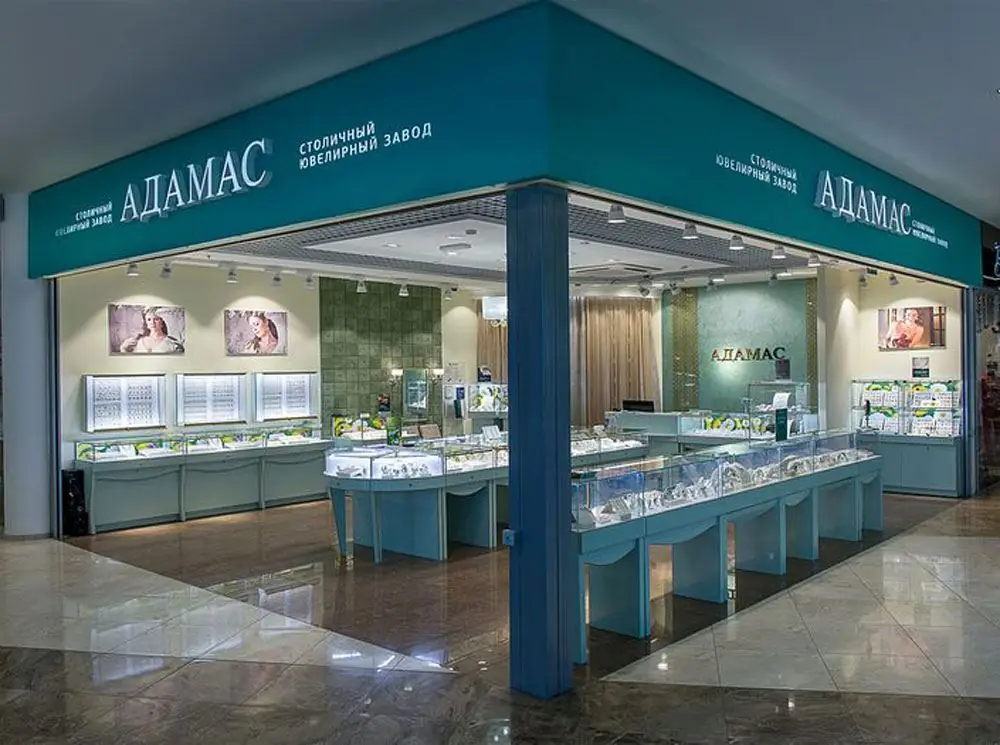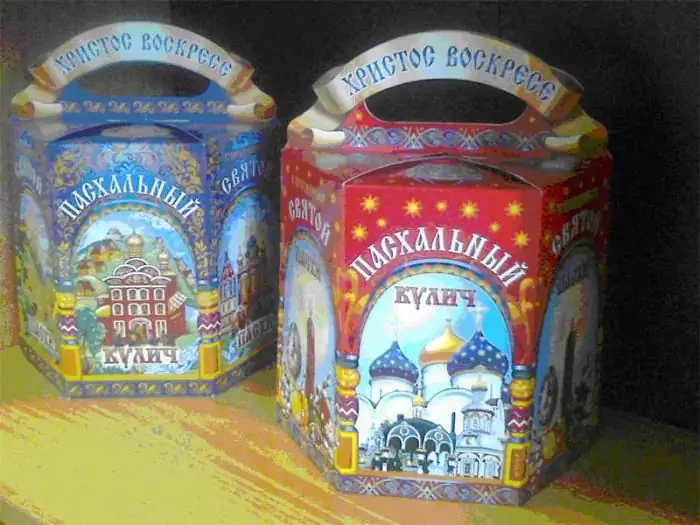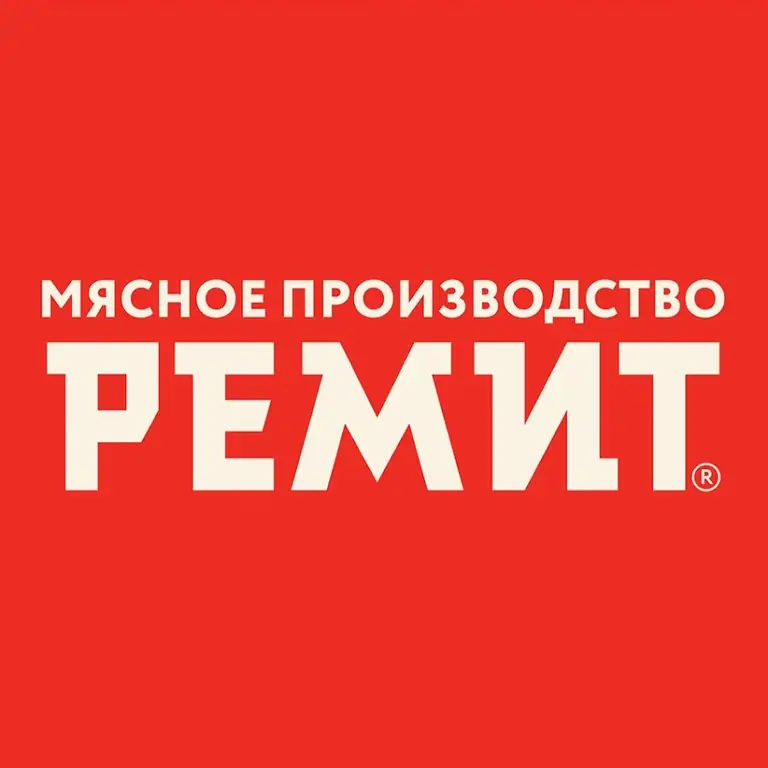2025 Author: Howard Calhoun | [email protected]. Last modified: 2025-01-24 13:10:29
The basis for the future flagship of the domestic industry was the equipment of the Kronstadt iron foundry, moved to St. Petersburg at the very beginning of the XΙX century at the behest of Emperor Paul Ι.
Kirov (Putilov) plant. History of formation
The first products of the enterprise founded in 1801 were cast-iron cannonballs for the needs of army and navy artillery. The main merit of the Scot Charles Gascoigne, who was appointed director of the state-owned plant, was the introduction and development of new casting technologies. In the first decade of operation, the production of architectural art products from cast iron was mastered, the production of soldier's rifles, weights and scales, lanterns, buttons was launched.
In 1812, a machine-building department was created at the plant, and in the erected stone workshops, the manufacture of steam engines, mechanisms, machine tools for their own needs and the developing industry of the Russian Empire was launched. The factory was badly damaged by the flood of 1824: 152 people died, equipment and workshops were destroyed, flooded and rendered unusable.

Engineer and Entrepreneur
In the next forty years, the foundry in St. Petersburg changed several owners, and even a large state order for the supply of railway rails in 1844 did not save the enterprise from bankruptcy.
In 1868, the plant was purchased by Nikolai Ivanovich Putilov, who managed to turn it into an advanced highly profitable diversified enterprise in 12 years. Just a year later, the Putilov plant produced more than 80 tons of rolled rails per day, with a quality superior to English products, and also mastered the production of Bessemer steel. In 1872, with the formation of the "Putilov Plants Society" and the launch of a steel-rolling workshop, the company's product range was supplemented by bridge structures, wagons and steam locomotives.
Already after the death of Nikolai Ivanovich in 1880, his followers realized his old dream - to connect the Putilov factory with the Sea Canal with Kronstadt, providing the passage of ships not only for shipping the plant's products and supplying raw materials, but also for meeting the needs of all of St. Petersburg. It was under Putilov that the foundations for the professional training of factory personnel were laid, and the development of the enterprise's social infrastructure began.

At the end of an empire
By the beginning of the 20th century, the Putilov Plant became the undisputed leader among domestic metallurgical and machine-building enterprises and one of the largest in Europe. The staff of workers exceeded 12.4 thousand people. On the stocks created at the plant, the first militaryships: first destroyers, and then cruisers and destroyers. Among the unique products of that time are the fastest destroyer "Novik", a rapid-fire field gun, the world's first anti-aircraft gun of the Lender system, a floating 100-ton crane, which is still on duty today.
The Putilov plant was brought to a new strategic level within the framework of the Russian Krupp project by the namesake of the famous owner - A. I. Putilov, who was included in the board in 1910 and invested more than 30 million rubles in the enterprise. (with the value of the entire property of 19 million rubles). The monthly production of artillery pieces was increased by more than five times. For many items produced, the plant was a monopolist, which guaranteed huge profits to the owners. However, the revolutionary movement that swept the country made its own adjustments.

Soviet period
The Putilov plant in Petrograd on the eve of the 1917 revolution had about 35,000 workers on staff. It was the mass performance of his team that served as the beginning of the February coup. By the end of the year, the enterprise was nationalized and subsequently renamed Krasny Putilovets, and in 1934 it was named after S. M. Kirov. For the industry of the young Soviet Republic, the plant produced rolled metal, rolling stock, equipment for hydroelectric power stations, tractors, and a series of L-1 cars. In 1939, the world's first line for the production of heavy tanks was launched.
During the Great Patriotic War, part of the plant withpersonnel was evacuated to Chelyabinsk. The workshops that remained in the besieged Leningrad, practically on the front line, continued the production and refurbishment of tanks and armored vehicles.

At the end of the war, the plant was redesigned for serial production of military equipment, equipment for the energy and nuclear industries, Kirovets tractors.
Current State
In 1992 JSC Kirovsky Zavod was founded. Difficult socio-economic conditions forced the leaders of the company to once again reorient production, simultaneously introducing competitive technologies. Among the main products of the plant are armored vehicles ("Onega", "Ladoga", "Combat"), road construction and special equipment for the construction, gas and oil industries. Tractors "Kirovets" are in demand not only in the domestic market, but are also actively exported to 14 countries.
Kirov geared turbines and other power equipment are installed on many nuclear submarines, icebreakers, military and merchant ships.

Further prospects
According to the unanimous opinion of experts and analysts, the Kirov Plant is one of the locomotives for the development of domestic engineering. Among the immediate strategic tasks, the leaders of the enterprise especially highlight the gradual withdrawal from the total operation of deteriorating equipment and the technical re-equipment of the main production facilities, improving the organization of labor andprofessional training of the personnel fund, search and development of new business lines. It is the diversification (as part of the company - more than 30 subsidiaries with a staff of about 6 thousand) that will allow you to stay afloat in difficult economic conditions. Projects for the construction of a large container terminal on the shoreline of the plant, the provision of mooring places for third-party ships, and bunkering services look promising.
It remains to be hoped that a balanced and competent policy of the Board of Directors will allow the Kirov (Putilov) plant to return to its former glory.
Recommended:
Plant "Adamas": address, history of foundation, manufactured products, photo

Brief information, address of the enterprise. Acquaintance with "Adamas" - distinctive characteristics, statistics, participation in social life, use of technology and traditions. History of the plant: launch, overcoming default, opening of new branches. Company awards, catalog sections. What is "Adamas" today?
Chelyabinsk Metallurgical Plant: history, address, products, management

Chelyabinsk Metallurgical Plant is one of the largest enterprises in the industry, since 2001 it has been part of Mechel OJSC. The laying of the enterprise took place in the 30s, the construction was completed during the Great Patriotic War
Kirovsky plant, St. Petersburg. Products of the Kirov Plant

For over 200 years, the Kirov Plant (St. Petersburg) has been working for the benefit of Russia. Founded in April 1801 as a small iron foundry, today it has become a diversified industrial complex. The factory workers stood at the origins of the domestic tractor industry, starting in 1924 the mass production of Fordson-Putilovets tractors
Factory of bakery products "Dedovskiy Khleb": history, products, address

Dedovskiy Khleb bakery is known in the metropolitan area as a manufacturer of high quality bakery products. Loaves, "bricks", fragrant buns, Easter cakes, cakes, waffles are in constant demand among consumers. The key to success lies in the strict observance of GOSTs and technological standards laid down back in the 80s of the last century. Products are baked on modern equipment
REMIT Meat Processing Plant LLC: feedback from customers and employees, manufactured products and quality of meat products

REMIT reviews are of interest to customers who are considering options for cooperation with this company, and employees who expect to get a well-paid and stable job. In this article, we will talk about this meat processing plant, what products it produces, whether its quality corresponds to the declared one, what its employees and partners say about the enterprise

